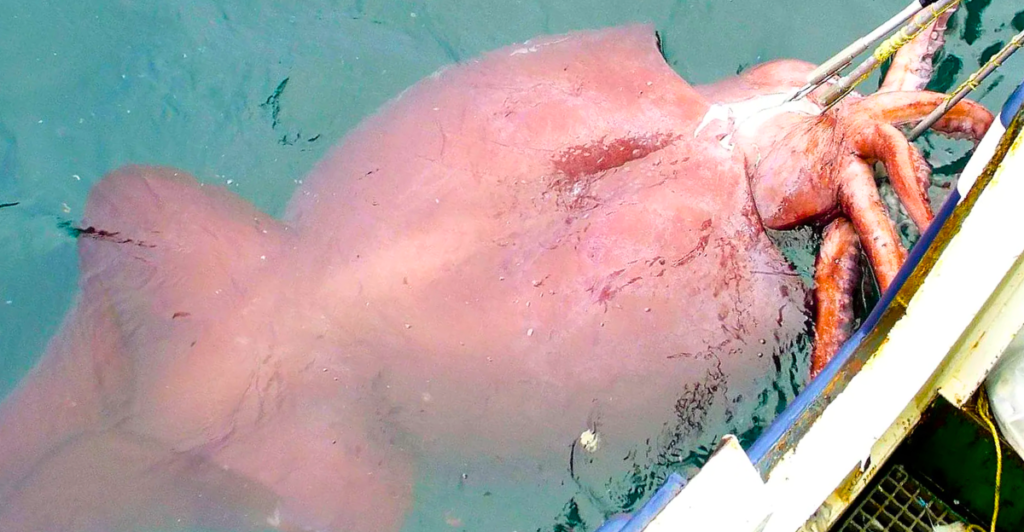
For centuries, people told stories of monsters, beasts, and magical creatures lurking in forests, oceans, and mountains. Most of these tales were chalked up to exaggeration or superstition until science caught up.
It turns out, some of those so-called “mythical” creatures weren’t mythical at all. They just hadn’t been discovered yet, or were misunderstood, or were so strange-looking that people figured they had to be fake.
From sea monsters to unicorns (sort of), here are nine legendary animals that were once considered fiction but turned out to be 100% real. And yes, some are still roaming the earth today.
1. The Kraken

Old sailors weren’t just dramatic when they told tales of giant tentacled beasts dragging ships into the sea, they were probably talking about the colossal squid. This deep-sea creature can grow over 40 feet long and has eyes the size of dinner plates.
For centuries, no one had proof it was real, so the Kraken stayed in the realm of mythology. But modern sightings, scientific specimens, and even underwater footage confirmed it.
It doesn’t exactly eat ships, but it’s still terrifying. If the Kraken had a PR team, they’d be thrilled. Science basically gave them the green light on ancient marketing.
2. Unicorns
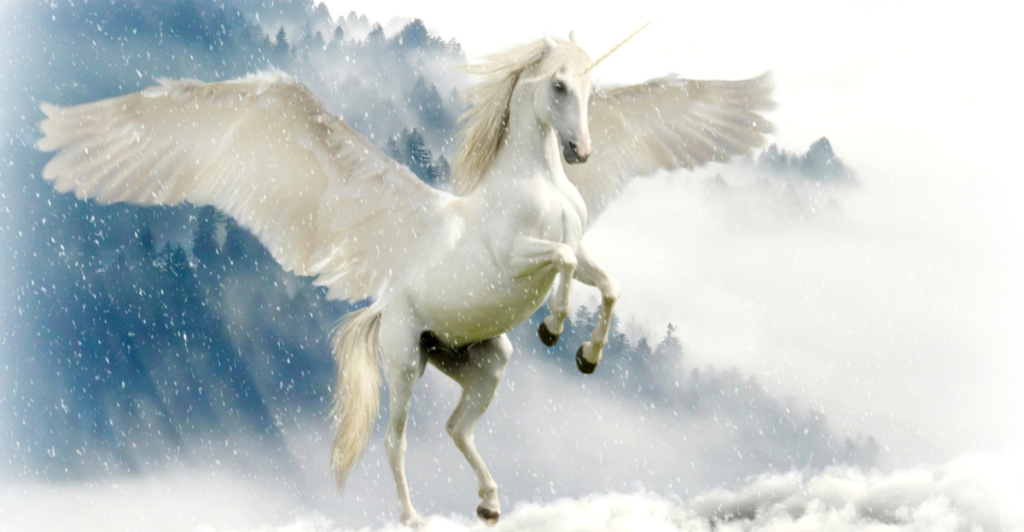
The classic unicorn: white horse, spiraled horn, sparkly attitude, still hasn’t turned up. But something close did: the Elasmotherium sibiricum, or “Siberian unicorn.” It looked more like a woolly rhino, but with a giant single horn jutting from its forehead.
For a long time, scientists thought it had gone extinct well before humans existed. But new fossil evidence suggests it roamed the Earth just 29,000 years ago, overlapping with early humans.
So no, it didn’t prance through rainbows, but it might’ve scared the life out of a prehistoric human. Still counts, right?
3. The Dragon
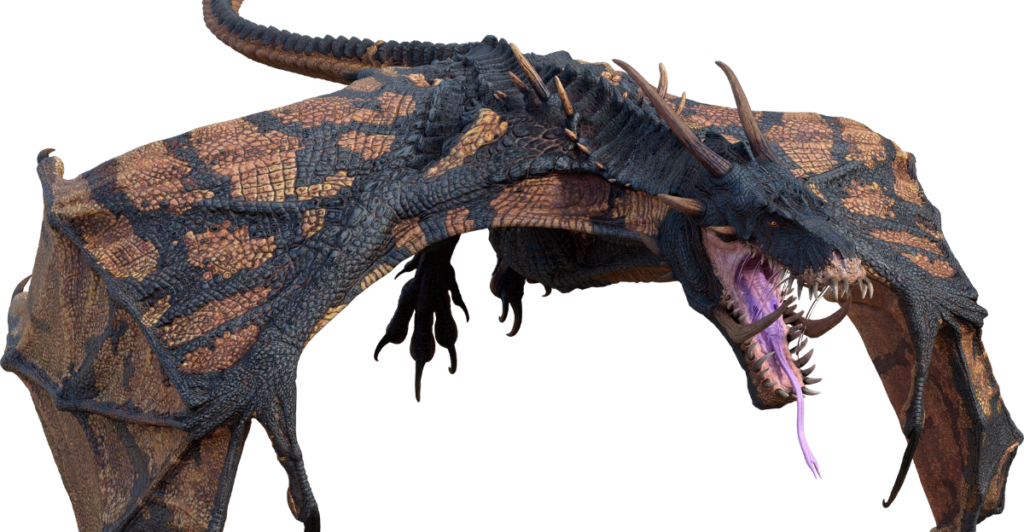
No one’s found a fire-breathing dragon (yet), but dragon myths may have been sparked by some very real and very scary animals. Think giant dinosaur fossils, ancient crocodiles, or the Komodo dragon, which is venomous and very bitey.
Some historians believe that early humans discovered massive fossils without knowing what dinosaurs were, and their imaginations filled in the rest. Others think encounters with giant reptiles in places like Indonesia shaped the legends.
So, while no one’s roasting marshmallows on dragon breath, nature gave us plenty of “close enough” candidates to explain the myth.
4. Platypus
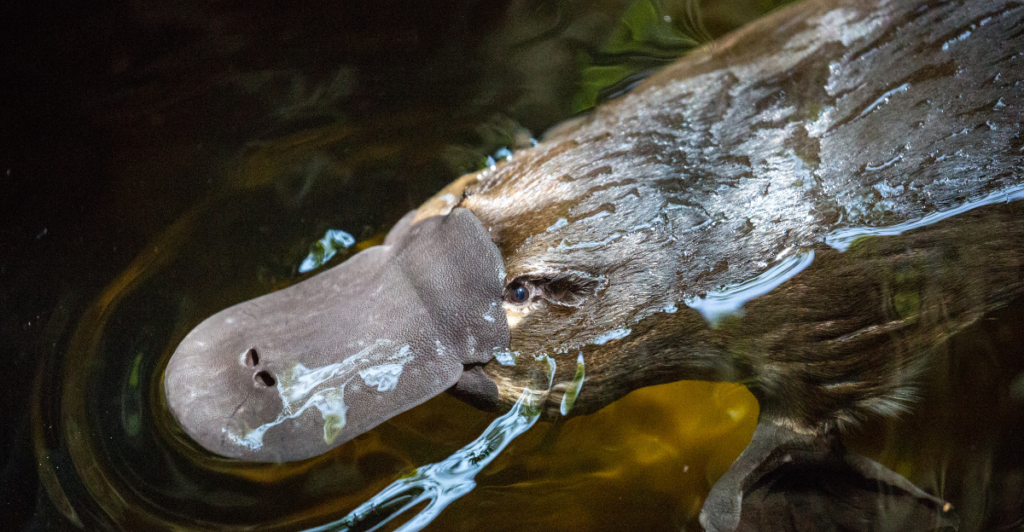
When European scientists first saw a platypus in the late 1700s, they thought it was a prank. Like someone had sewn together parts of a duck, a beaver, and an otter. Even after dissecting one, they couldn’t agree on what it was.
Turns out, it’s very real. The platypus is one of only five egg-laying mammals, and it has venomous spurs, waterproof fur, and a sixth sense for detecting prey underwater.
If mythological creatures were judged by weirdness alone, the platypus would be on the Mount Rushmore. Nature clearly had a sense of humor with this one.
5. Okapi
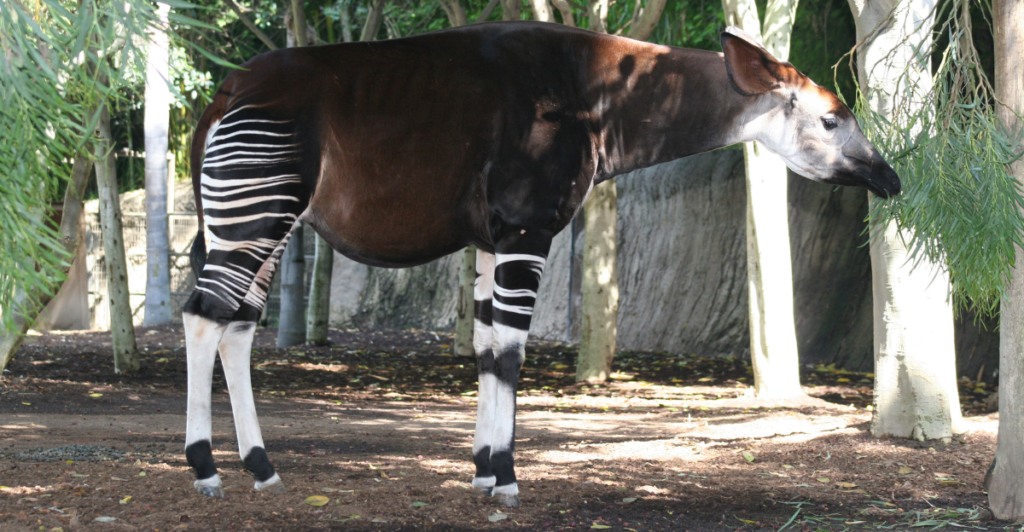
For years, people in Central Africa spoke of a mysterious animal with zebra stripes and the body of a horse. Western scientists brushed it off as folklore until explorers finally found one in 1901.
The okapi, now known as the shy cousin of the giraffe, has an almost mythical appearance. Its short neck, striped legs, and elusive behavior made it the stuff of legend before it was officially recognized.
To this day, it’s rarely seen in the wild. So it’s no surprise early outsiders didn’t believe it existed until proof literally walked out of the fores
6. Gorillas
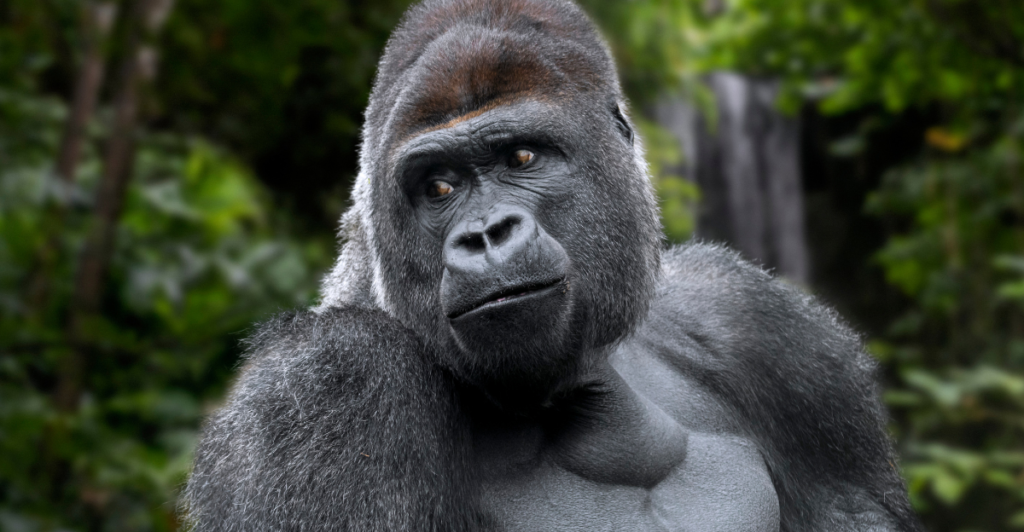
Back in the 1800s, stories of huge, hairy, human-like creatures in Africa sounded more Bigfoot than biology. Most Europeans didn’t believe gorillas were real until explorers brought back skulls and live sightings.
The western gorilla was officially classified in 1847, shocking skeptics who had dismissed tales of “wild men.” Today, gorillas are among the most well-known primates, but it’s wild to think they were once mythical.
Turns out, many so-called monsters were just undiscovered neighbors. The lesson? Maybe listen to the locals next time they say something big and hairy lives in the woods.
7. Giant Squid
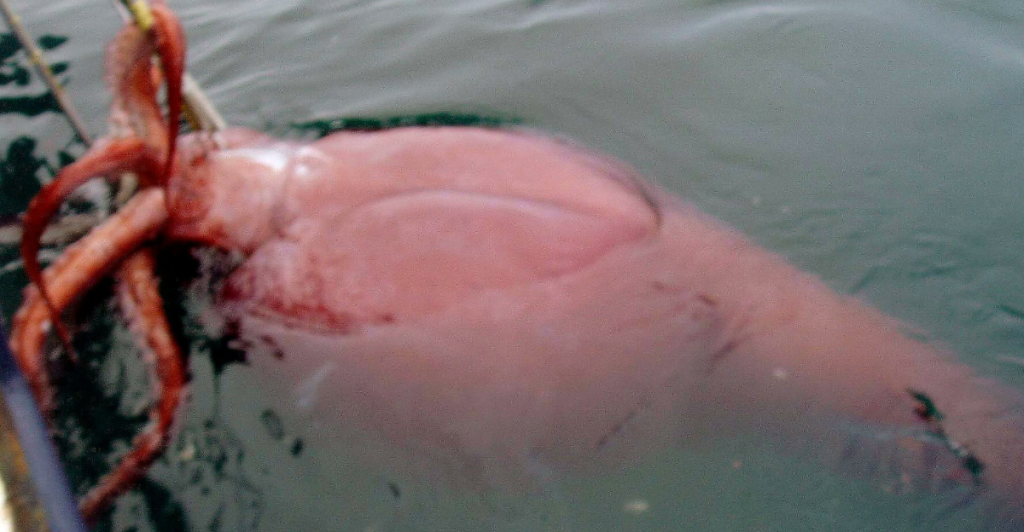
The giant squid haunted sailors’ imaginations for centuries. Like the Kraken, it was described as a ship-sinking sea beast. But for a long time, scientists dismissed the stories until bodies started washing ashore.
In 2004, Japanese researchers captured live footage of a giant squid in the wild for the first time. These creatures can reach over 40 feet long, with barbed tentacles and beak-like jaws.
They don’t attack ships, but they’re creepy enough without the dramatics. The fact that they stayed hidden for so long only added to their eerie, mythical reputation.
8. The Yeti (Sort Of)
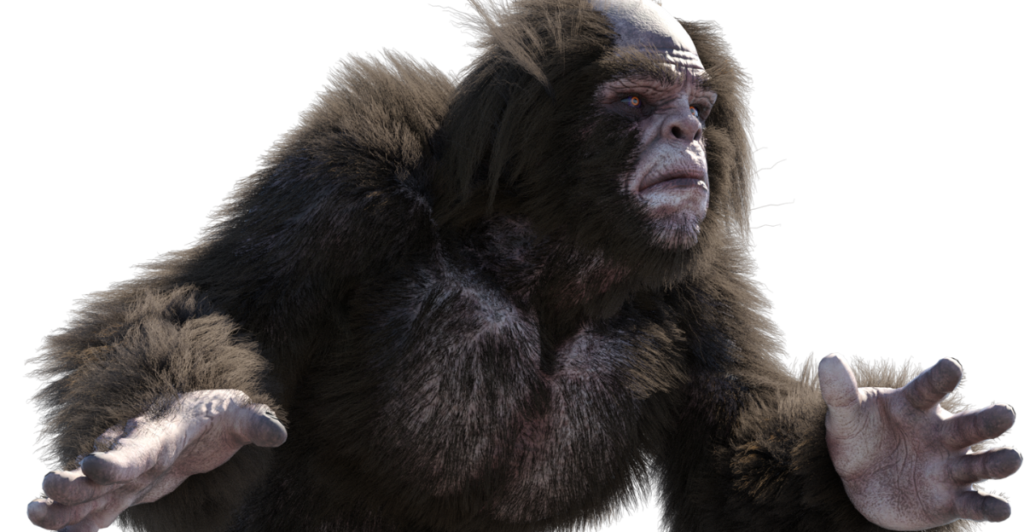
For decades, explorers claimed to find footprints, hair, and stories about the Yeti, the Himalayan cousin of Bigfoot. But recent DNA analysis says… not so fast. Most “Yeti” samples turned out to belong to the local bear species.
That doesn’t mean the legend is fake, just that the creature behind the myth might be a lot more ursine than monstrous. Some scientists believe ancient bear encounters sparked the lore and snowballed over time.
So while there’s probably no bipedal ape trekking through the snow, the bears of the Himalayas are more than spooky enough for the job.
Maybe Not So Mythical After All
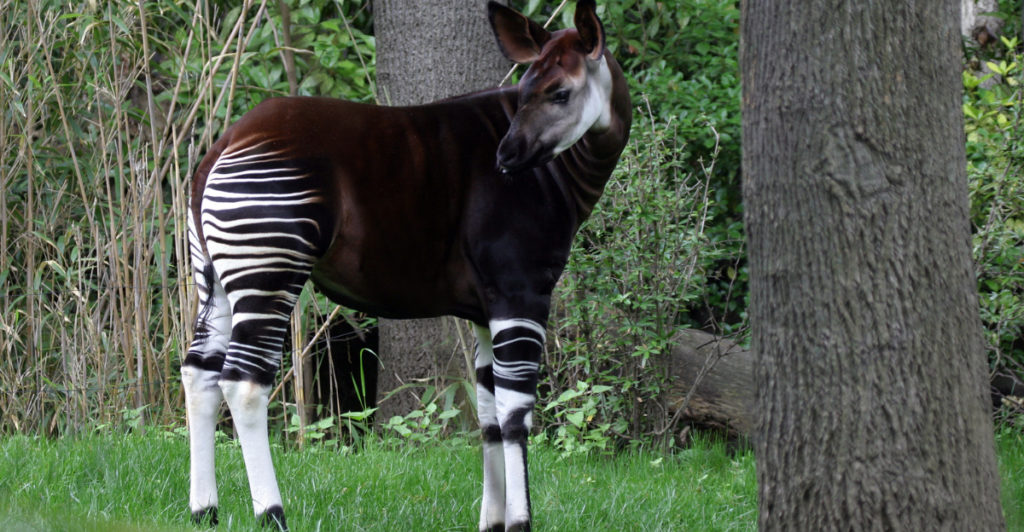
Not every creature in folklore is real, but history shows that truth can be just as weird and way more surprising. What used to be dismissed as fantasy often had real animals hiding behind the curtain.
Whether it’s a squid the size of a bus or a unicorn that looked more like a woolly rhino, these stories remind us that nature’s imagination rivals our own. Legends don’t always come from nothing.
So the next time someone laughs off a cryptid sighting, maybe don’t. You never know when science will catch up to the myth.
Explore more of our trending stories and hit Follow to keep them coming to your feed!

Don’t miss out on more stories like this! Hit the Follow button at the top of this article to stay updated with the latest news. Share your thoughts in the comments—we’d love to hear from you!







